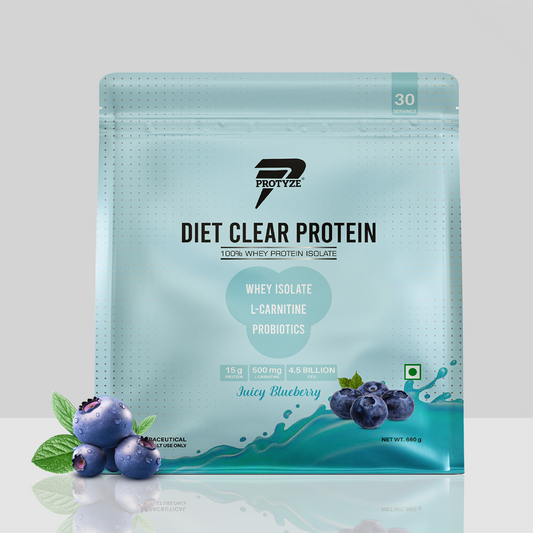The decline bench press is a powerful exercise for sculpting a strong, defined chest, particularly targeting the lower pectoralis major. Often overshadowed by the flat or incline bench press, this variation offers unique benefits for building size, strength, and balance in your upper body.
\Whether you’re a beginner or a seasoned lifter, mastering the decline bench press can elevate your chest training. In this blog, we’ll cover the proper form, advantages, common errors to avoid, and how to integrate it into your routine, backed by science.
What Is the Decline Bench Press?
The decline bench press is a compound exercise performed on a bench angled downward (typically 15-30 degrees), targeting the lower chest (sternal head of the pectoralis major), triceps, and anterior deltoids. By shifting the angle, it emphasizes the lower pecs more than the flat or incline variations, creating a fuller, balanced chest. It’s typically done with a barbell but can also use dumbbells or a Smith machine.
Key Features
- Chest Focus: Prioritizes the lower pecs.
- Compound Movement: Engages multiple muscles for strength & size.
- Adjustable: Works with barbells, dumbbells, or machines, fitting various setups.
- Strength Builder: Allows heavier loads than flat bench due to biomechanical leverage, per Journal of Strength and Conditioning Research (2017).
Muscles Worked
The decline bench press is a multi-joint exercise engaging:
Primary Muscles
- Pectoralis Major (Sternal Head): Lower chest, driving the pressing motion.
- Triceps Brachii: Extend the elbows during the press.
- Anterior Deltoids: Assist in shoulder flexion and pressing.
Secondary Muscles
- Pectoralis Minor: Stabilizes the shoulder girdle.
- Serratus Anterior: Supports scapular movement.
- Core (Rectus Abdominis): Stabilizes the torso.
EMG studies show the decline bench press activates the lower pecs 10-20% more than the flat bench, making it ideal for targeted chest development (Journal of Electromyography and Kinesiology, 2016).
Advantages of the Decline Bench Press
The decline bench press offers unique benefits, making it a valuable addition to your routine:
- Targeted Lower Chest Growth: Emphasizes the lower pecs for a fuller, defined chest, enhancing aesthetics.
- Increased Strength: The decline angle allows 10-20% heavier lifts than flat bench due to a shorter range of motion and better leverage, boosting power (Journal of Strength and Conditioning Research, 2017).
- Reduced Shoulder Stress: The angle shifts load from shoulders to chest and triceps, ideal for those with shoulder issues.
- Triceps Development: Greater triceps activation than flat bench.
- Versatile for Hypertrophy and Strength: Effective for 6-12 reps (hypertrophy) or 3-6 reps (strength).
- Balanced Physique: Complements incline and flat presses for complete chest development.
How to Perform the Decline Bench Press: Technique Guide
Proper form is critical to maximize benefits and prevent injury. Here’s a step-by-step guide for the barbell decline bench press, with variations below.
Equipment Needed
- Decline bench (15-30 degrees), barbell, rack.
- Optional: Dumbbells, Smith machine, spotter.
Step-by-Step (Barbell Decline Bench Press)
- Setup: Lie on a decline bench with feet secured under pads or rollers. Position your eyes under the barbell.
- Grip: Grasp the bar slightly wider than shoulder-width (1.5x shoulder width), palms facing forward.
- Unrack: Unrack the bar with straight arms, holding it over your lower chest.
- Lower: Lower the bar slowly (2-3 seconds) to your lower chest (just below nipple line), keeping elbows at 45-degree angles to your torso.
- Press: Push the bar back up, squeezing your pecs, until arms are fully extended (don’t lock elbows).
- Repeat: Perform 3-4 sets of 8-12 reps for hypertrophy or 4-6 for strength (60-80% 1RM). Rest 60-90 seconds.
Technique Tips
- Core Bracing: Engage your core to stabilize your torso.
- Elbow Angle: Keep elbows at 45 degrees to reduce shoulder strain.
- Controlled Tempo: Use a 2-1-2 tempo (2s down, 1s hold, 2s up) for time under tension.
- Wrist Position: Keep wrists straight to avoid strain.
- Mind-Muscle Connection: Focus on lower pec contraction.
- Spotter: Use a spotter for heavy sets.
Variations
- Dumbbell Decline Press: Allows greater range of motion and corrects imbalances.
- Smith Machine Decline Press: Offers stability for beginners or heavy lifts.
- Decline Push-Up: Bodyweight alternative, placing feet on a bench to mimic the angle.
- Cable Decline Press: Uses cables for constant tension, ideal for finishers.
Common Errors to Avoid
Avoid these mistakes to ensure safe, effective decline bench presses:
-
Flaring Elbows: Elbows at 90 degrees strain shoulders.
- Fix: Tuck elbows at 45-degree angles.
-
Bouncing the Bar: Bouncing off the chest risks injury.
- Fix: Lower slowly with control.
-
Lifting Hips: Arching hips shifts load to lower back.
- Fix: Keep hips glued to the bench, core braced.
-
Too Heavy Too Soon: Heavy weights compromise form.
- Fix: Start with 60% 1RM for 8-12 clean reps.
-
Skipping Warm-Ups: Cold pecs risk strains.
- Fix: Do 5-10 minutes of arm circles and light presses.
Sample Decline Bench Press Workout
Incorporate the decline bench press into a chest-focused routine:
- Barbell Decline Bench Press: 4 sets x 8-10 reps (70% 1RM, 90s rest).
- Incline Dumbbell Press: 3 sets x 10-12 reps (60s rest).
- Flat Dumbbell Fly: 3 sets x 12-15 reps (60s rest).
- Cable Crossover: 3 sets x 12-15 reps (60s rest).
Total: 13 sets, within the 10-20 set hypertrophy range. Train chest 1-2 times weekly, with 48-72 hours recovery. Warm up with 5-10 minutes of dynamic stretches (e.g., arm circles) and 1-2 light sets.
Integrating the Decline Bench Press into Your Routine
- Frequency: Train chest with decline press 1-2 times per week, as part of a push or upper-body day.
- Placement: Use as a primary lift after flat bench or as a secondary move.
- Progressive Overload: Add 2.5-5 lbs or 1-2 reps every 2-3 weeks.
- Pairing: Combine with triceps or shoulders (e.g., overhead press) for a push-focused session.
Nutrition for Chest Growth
Fueling muscle growth is critical:
- Protein: Target 0.8-1g per pound of bodyweight daily (e.g., 160g for 200 lbs). Post-workout, Protyze Nitro Clear Whey (30g protein, 3g creatine) supports repair when mixed with water (not milk).
- Calories: Aim for a 300-500 kcal surplus for bulking. A 200-lb lifter might need 3,000-3,500 kcal daily.
- Carbs: Consume 2-4g per pound (e.g., rice, sweet potatoes) for energy.
- Timing: Eat 20-30g protein and 40-60g carbs 1-2 hours pre-workout (e.g., chicken and rice), and a Protyze shake within 30 minutes post-workout.
Conclusion
The decline bench press is a potent exercise for building a strong, defined lower chest, with advantages like heavier lifts, reduced shoulder stress, and triceps gains. Master proper form, avoid errors like flaring elbows or bouncing the bar, and integrate it into your chest routine 1-2 times weekly.
Fuel your gains with Protyze Nitro Clear Whey (30g protein, water only) for recovery and creatine to power your presses. Ready to sculpt your pecs? Add the decline bench press to your workouts, grab Protyze, and share your progress in the comments!
TL;DR
The decline bench press targets the lower chest, allowing heavier lifts with less shoulder stress. Do 3-4 sets x 8-12 reps (60-80% 1RM), keep elbows at 45 degrees, and avoid bouncing or lifting hips. Train chest 1-2 times weekly, fuel with Protyze Nitro Clear Whey (30g protein, water only), and aim for a 300-500 kcal surplus.





